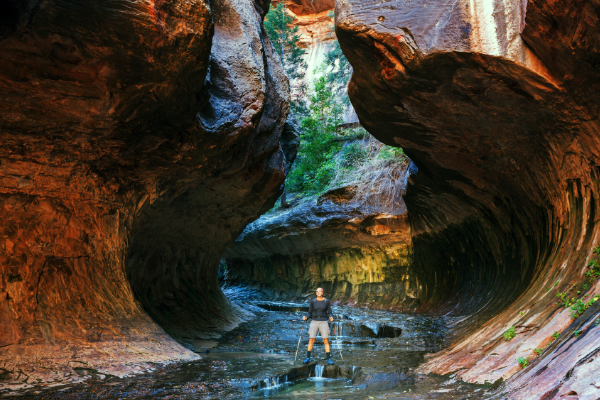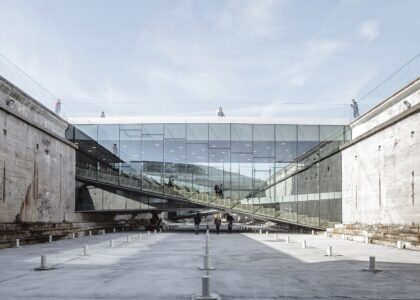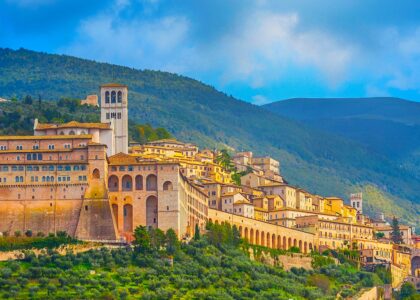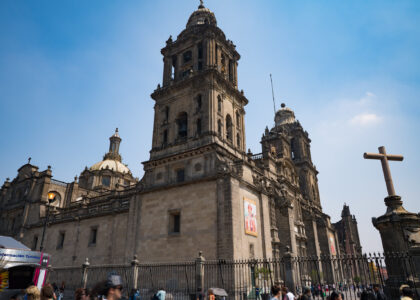Arches National Park:
Location: Southeast of Moab, Utah
Best For: Hikers, photographers, nature lovers
Arches National Park is a true icon of Utah’s red rock country, and for good reason. With over 2,000 natural sandstone arches, this park offers some of the most spectacular and unique geological formations in the world. Its dramatic landscapes, with vibrant red rock contrasted against deep blue skies, make it a paradise for hikers and photographers.
Highlights:
- Delicate Arch: This is the park’s most famous landmark and one of the most photographed spots in the U.S. The 3-mile round-trip hike to this iconic arch offers sweeping views and a stunning finish.
- The Windows Section: A relatively easy hike that leads visitors to multiple arches, including North Window and South Window, where you can enjoy panoramic views.
- Devil’s Garden: This area offers more challenging hikes to explore several arches, including the impressive Landscape Arch, one of the longest natural stone arches in the world.
Arches is also an excellent spot for stargazing due to its clear skies and minimal light pollution, making it a great place to visit both day and night.
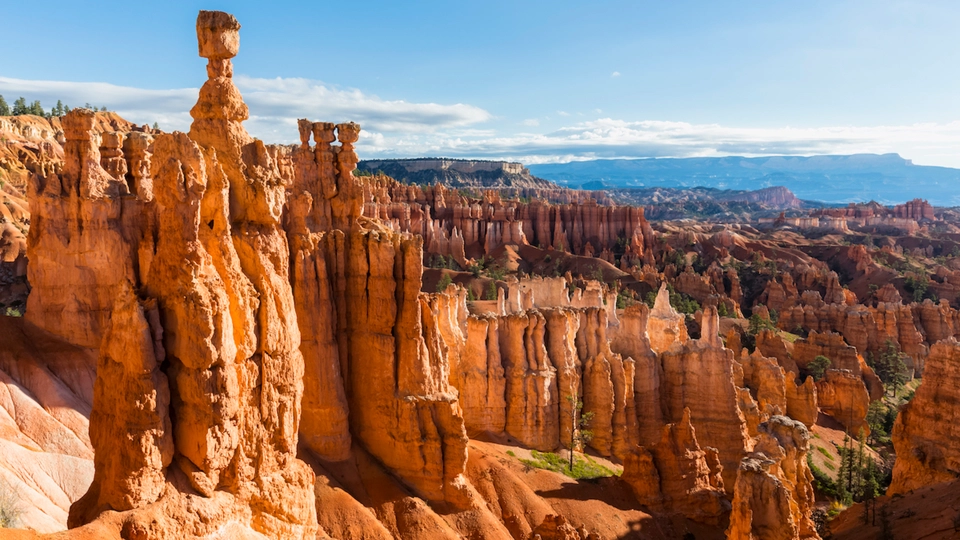
Zion National Park:
Location: Southwestern Utah
Best For: Adventurers, hikers, and wildlife lovers
Zion National Park is one of Utah’s most visited national parks and for good reason. Zion’s towering sandstone cliffs, slot canyons, and lush canyons create an awe-inspiring backdrop for outdoor adventures. The park offers a mix of accessible trails, challenging hikes, and scenic vistas, making it suitable for all levels of adventurers.
Highlights:
- The Narrows: This is one of the most unique hikes in the park, where you’ll walk through the Virgin River as it cuts through a narrow canyon. The water can be high, so it’s important to check conditions before heading out.
- Angels Landing: A famous and challenging hike, Angels Landing rewards hikers with spectacular panoramic views from the top of a narrow rock spire. The trail includes chains for support and is not for the faint of heart, but it’s a bucket-list experience for many.
- Zion Canyon Scenic Drive: For those who want to take in the park’s beauty without strenuous hiking, a drive along Zion’s scenic road provides stunning views of the canyon and its rock formations. You can also take the park shuttle to minimize traffic.
Zion is a haven for wildlife as well. Keep an eye out for mule deer, bighorn sheep, and an impressive array of bird species.
Bryce Canyon National Park:
Location: Southern Utah
Best For: Stargazers, photographers, and families
Bryce Canyon National Park is unlike any other place on Earth. Known for its unique rock formations called hoodoos—tall, thin spires of rock that rise up from the ground—Bryce Canyon offers otherworldly landscapes that seem straight out of a fantasy novel. The park is small compared to others in Utah, but its otherworldly beauty makes it an essential stop.
Highlights:
- Sunrise and Sunset Points: Bryce Canyon is particularly famous for its spectacular sunrises and sunsets, when the changing light casts vibrant hues across the hoodoos. Sunrise Point and Sunset Point are ideal vantage points to catch the magic of the park.
- Navajo Loop Trail: This 1.3-mile loop takes visitors into the heart of Bryce Canyon, descending into the amphitheater and up-close views of the towering hoodoos. It’s a relatively short hike, but it offers some of the park’s best views.
- Stargazing: Bryce Canyon is a designated Dark Sky Park, and its high elevation, remote location, and clear skies make it one of the best places for stargazing in the U.S. At night, the Milky Way is often visible in all its glory.
The park’s smaller size makes it perfect for a quick visit, but the surreal beauty of Bryce Canyon will stay with you long after you leave.
